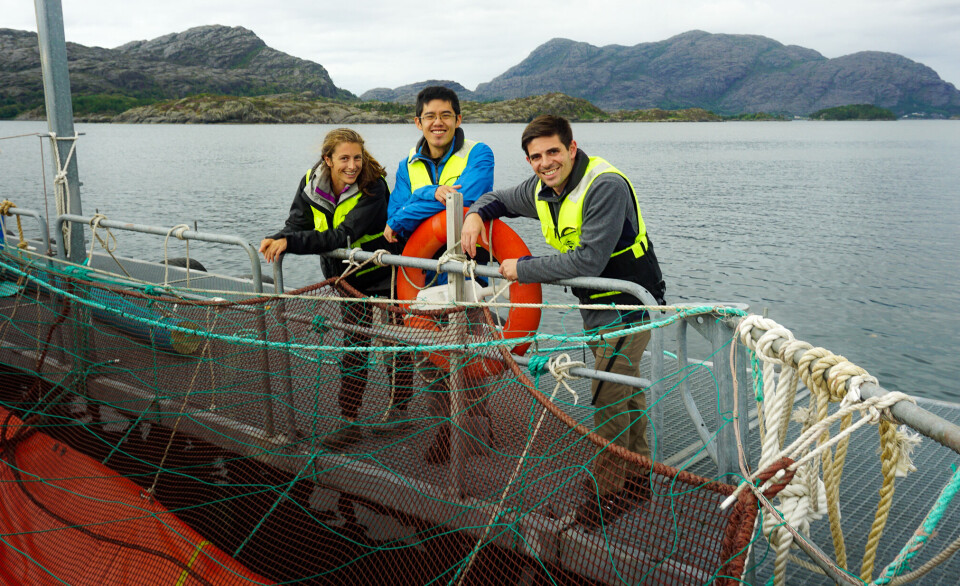
Number crunching 'shows the value of higher omega-3 levels'
Big data analysis of Norway’s commercial salmon production reveals the full benefits of higher levels of dietary omega-3 long chain fatty acids EPA and DHA on survival, feed performance, and quality, algal oil producer Veramaris and aquaculture artificial intelligence specialist Manolin have said.
The study, which processed a decade of data from 166 farms, 430 million fish and nine of Norway’s 13 production zones, builds on the findings of scientific research previously published by Veramaris and Manolin.
Mortality rates were 8% lower (down from 13.3% to 12.2%) and economic feed conversion ratio (eFCR) decreased by 13% (down from 1.26 to 1.10), while flesh quality also improved in populations fed diets rich in EPA (eicosapentaenoic acid) and DHA (docosahexaenoic acid). Improvements in predictability also increased by up to 50%, which the companies said translates into greater control over outcomes and more reliable business.

“Raising salmon on diets rich in EPA and DHA ticks all the boxes: better survival, feed efficiency, quality, and less waste overall,” said Yann Le Gal, global business development manager at Veramaris. “This ensures the health of the animals and improves the sustainability of aquaculture as a reliable food system.”
“Our approach, inspired by medical data science, delivers more precise insights,” said Tony Chen, chief executive of Manolin. “Rather than comparing fish by generations, we analysed populations, allowing us to detect patterns across similar farm conditions with much greater confidence.”
Veramaris has invested in nutrition science research for several years, most recently in collaboration with Manolin, to provide empirical proof of the dietary EPA and DHA benefits for aquaculture.
“This breakthrough analysis, from double the data pool of earlier work, really shows the value of better nutrition,” the companies said in a press release.
“Feed producers, farmers, processors, importers, retailers, and foodservice operators can use these findings to quantify the benefits of optimum nutrition and reset their specifications.”






















































